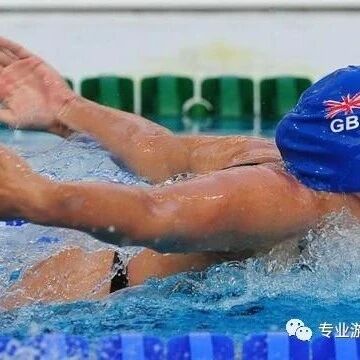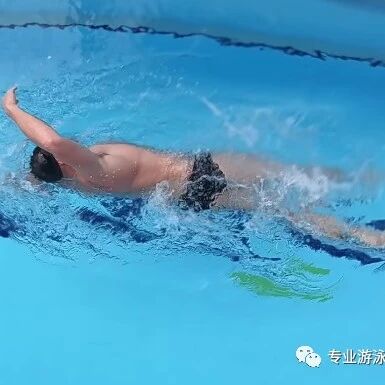Advanced swimming practice techniques—just one step away from becoming a pro: close your eyes.
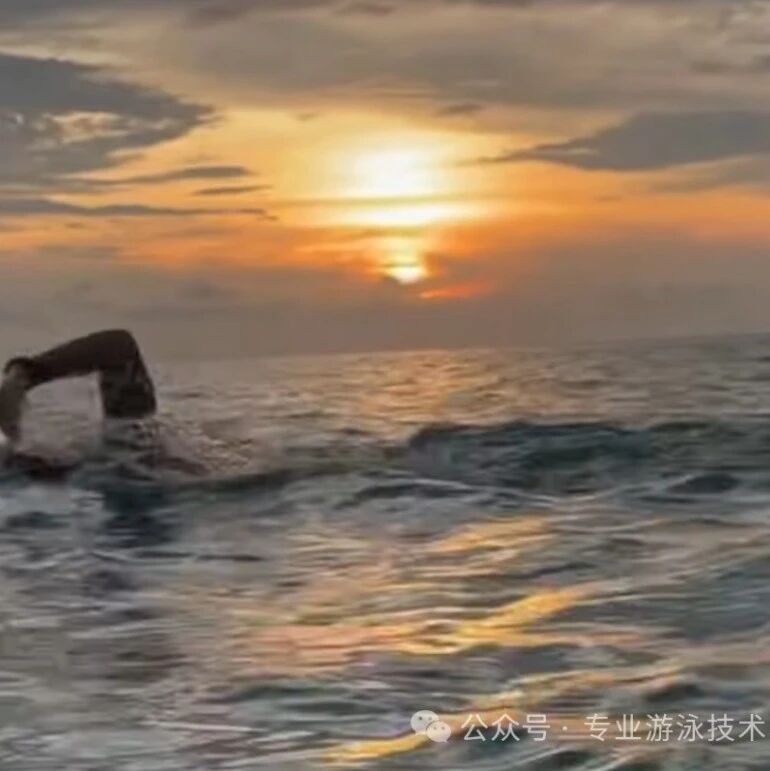
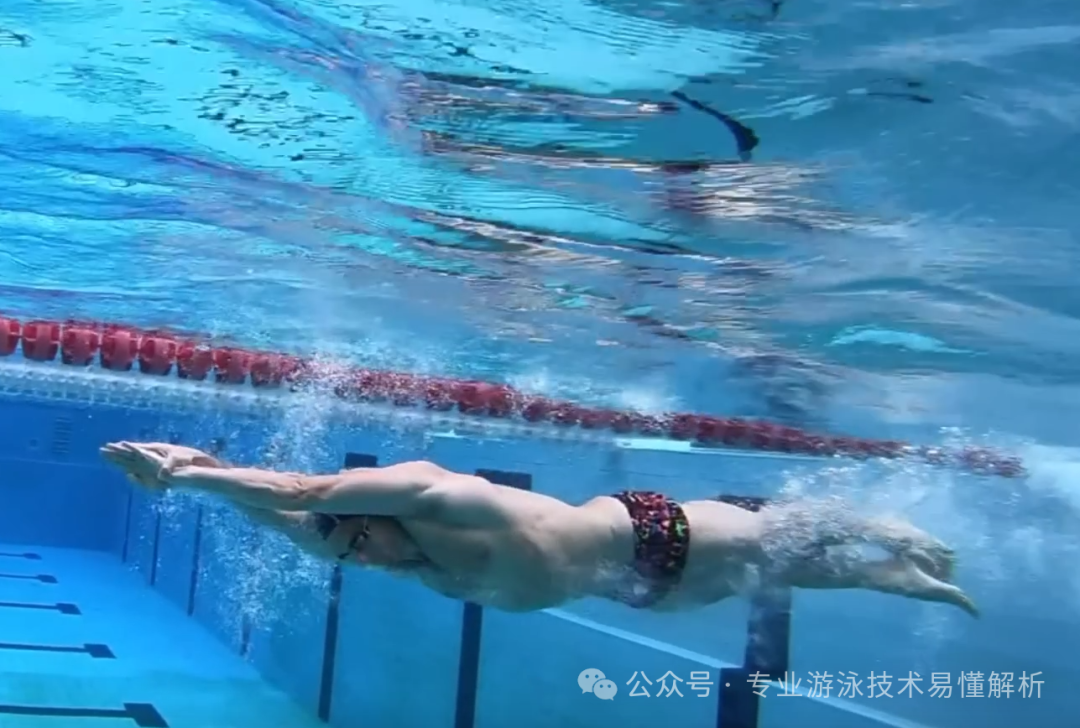
The process of improvement is one of constantly identifying problems and addressing them one by one. Often, it’s not the size of the issue that matters—but rather the ability to even recognize it. Small problems tend to lurk beneath the surface, remaining hidden and unnoticeable for a while, especially if you’re swimming continuously for less than 30 minutes or consistently holding back instead of giving your all. In such cases, you’re likely stuck in a stagnant "senior-style breaststroke" or "senior-style freestyle," failing to make meaningful progress.
To catch early on minor issues like improper movements, uneven breathing, asymmetry, or even personalized yet unnecessary habitual gestures, you’ll need a few practice techniques. From personal experience, swimming with your eyes closed is an excellent way to self-correct—and it’s also the best method for improving your swimming technique when you don’t have the luxury of filming yourself underwater.
Simply close your eyes, swim by instinct, and fully feel your body moving through the water—every posture, every stroke, each exhale, every turn of your head. Even in breaststroke, pay attention to the precise angles of your arm pulls (outward and inward), the timing of your frog-like kicks, the force behind each leg kick, and the subtle pressure applied when bringing your legs together.
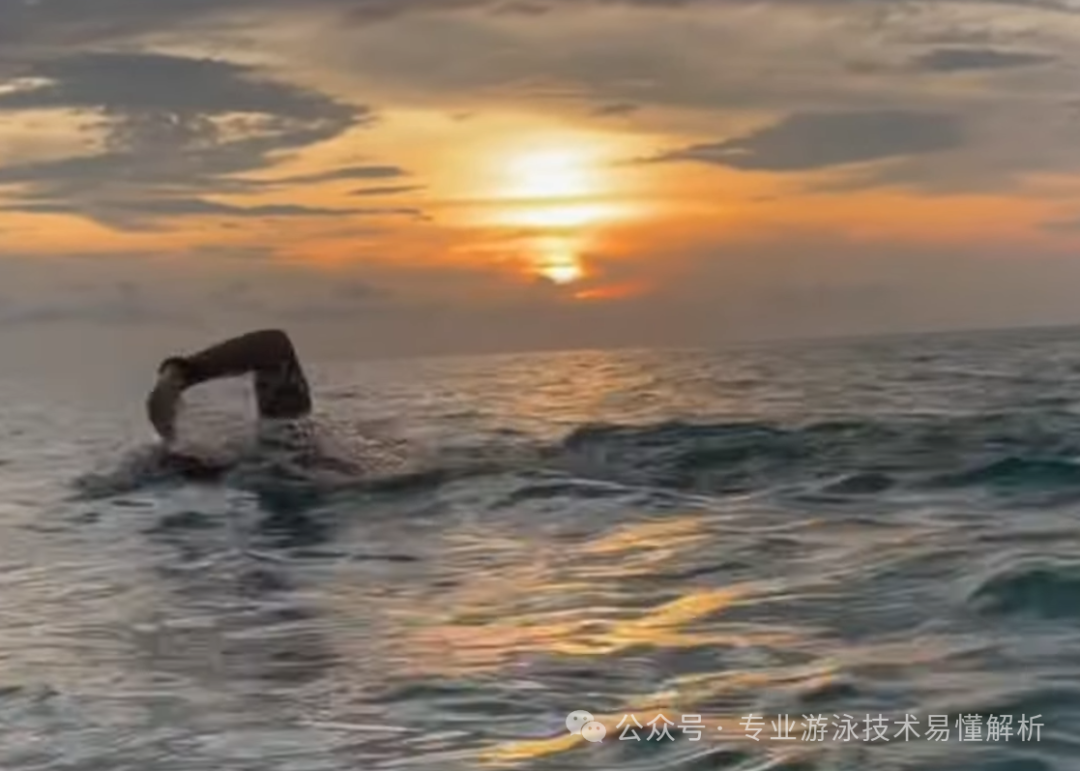
It’s incredibly enjoyable to float on your back with your eyes closed and listen to music—plus, swimming with your eyes shut doesn’t limit your stroke; you can even keep them closed whether you’re doing breaststroke or freestyle.
The naturally formed triangular motion of the arm during freestyle stroke immediately catches the eye—what truly matters is that the palm remains softly relaxed. Earlier in the "<*endofcontentu*>"The key to quickly mastering freestyle technique lies in four simple words: "relaxed and effortless."The article specifically highlights the importance of letting go—literally, going limp. This is a crucial element in the Total Immersion swimming teaching system. When your arms glide through the water during the recovery phase, they should be completely relaxed, with your forearms hanging loosely and exerting no effort at all. This allows the natural weight of your arms to work optimally. If executed correctly, simply swinging your arms overhead can help stabilize your body—a technique that even beginners can master by gently flicking their feet, effortlessly achieving balance without needing to force or exhaust themselves trying to execute the whip kick right from the start. In fact, you can begin practicing the two-beat kick immediately, getting into the rhythm of swimming first. After some time in the water, you’ll suddenly "light up"—realizing how to effectively engage the whip kick movement with ease and precision.
Blindfolded, you can glide your arms through the water, turn your head to breathe—yet if your movements are properly executed, you won’t accidentally choke or swallow any water. And if the force of your arm strokes on both sides is roughly equal, with your palms facing in nearly the same direction, and your head remains perfectly centered, you could swim ten meters or so without even opening your eyes—and still stay on course.
Swimming breaststroke with your eyes closed lets you fully focus on the feel of your arm and leg movements, as well as your breathing—enhancing your body’s sensitivity significantly. This heightened awareness is incredibly beneficial for refining your breaststroke technique and boosting your swimming speed.
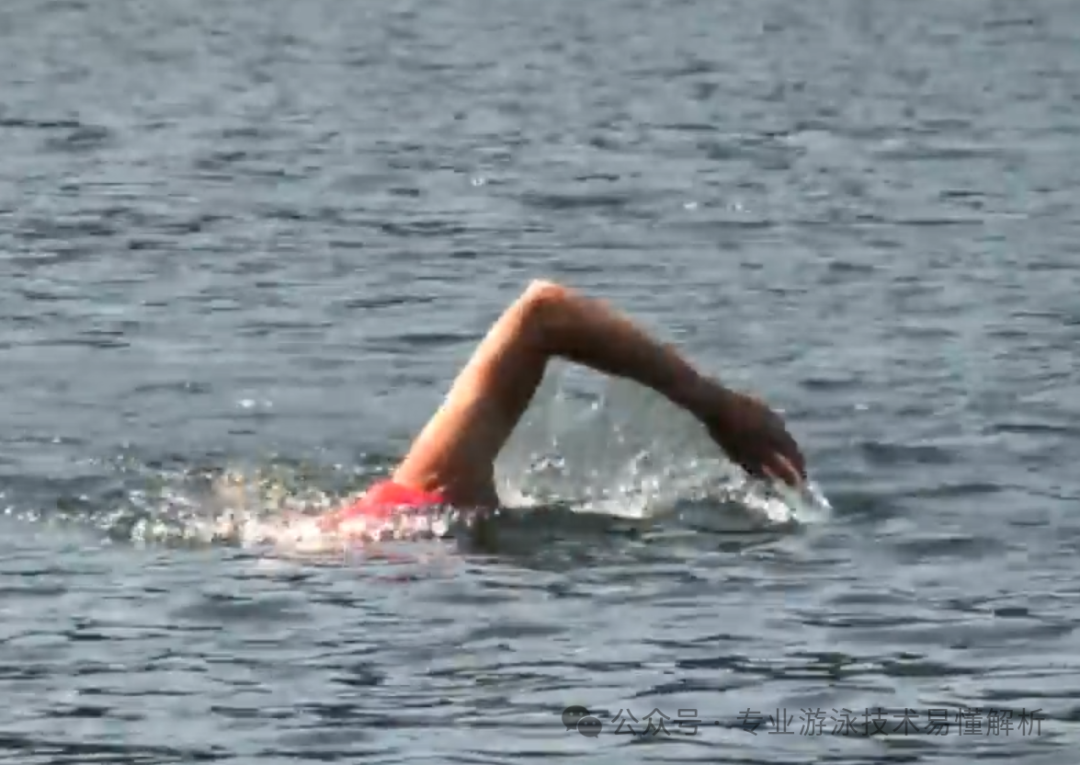
2. Feel the push-pull motion of your arms as you turn your body to the side with your eyes closed.
When first learning freestyle, you can practice bilateral breathing—taking a breath every three strokes on either side—or switch to unilateral breathing, inhaling every two strokes while alternating sides. After completing one full lap, simply change to breathing on the opposite side. The primary purpose of practicing both breathing techniques isn’t necessarily mastering the act of breathing itself, but rather improving the overall balance and symmetry of your stroke. Typically, most swimmers have uneven strength in their left and right arms, which also leads to differences in how smoothly each side breathes. For instance, some swimmers naturally have stronger right arms—and consequently, better right-side breathing—while others may excel with their left arm but struggle slightly with breathing on that same side. This imbalance can significantly impact your swimming efficiency and speed.
Close your eyes and feel how your arm enters the water, guiding the entire pull-through motion—right up to the moment when your palm glides smoothly past the base of your thigh. As you swim with your eyes closed, pay attention to the way your body naturally shifts sideways in harmony with each arm stroke. Notice how the speed and intensity of your arm push influence your overall balance. Eventually, you’ll discover a stroke technique that feels effortlessly smooth yet powerfully efficient—almost as if your arms are gliding through the water with ease. Trust your instincts, focus deeply on the sensation, and you’ll unlock the perfect arm movement that works best for you.
Sometimes, the body turns too far to one side, or not far enough—it’s primarily in two ways that excessive and insufficient turning manifest:
First, there’s the issue of either excessive or insufficient body rotation. When the rotation is too wide, it increases the depth of the pull-through, boosting the resistance and forcing the arm to generate more power. However, as the body shifts to the opposite side, the rotation angle becomes inadequate, ultimately slowing down the swimmer’s pace. This imbalance also raises the risk of shoulder injuries, leads to quicker fatigue, and puts additional strain on the kick to assist with body rotation.
Second, either the body’s proactive lateral rotation is excessive or insufficient. A rigid body acts like the hull of a boat, while swimming freestyle resembles paddling—a paddleboard being alternately swept back and forth along both sides of the hull. Naturally, this causes the hull to sway—its bow tilting first to the left, then to the right—yet overall, the boat still moves forward in a straight line.
By actively initiating lateral body rotations during freestyle, swimmers can create a rhythmic leftward and rightward tilt of the body. As the hull leans, this aligns perfectly with the optimal angle for maximizing the paddleboard’s propulsive efficiency. This technique not only makes swimming more effortless and energy-efficient but also boosts overall performance.
When executing the push-and-pull motion of freestyle—combined with leg kicks—swimmers should leverage the natural force generated by their active body rotations. Moreover, if the pushing motion becomes too powerful, the body’s lateral rotation helps dissipate and redirect that excess energy, transforming it into a forward-propelling force instead.
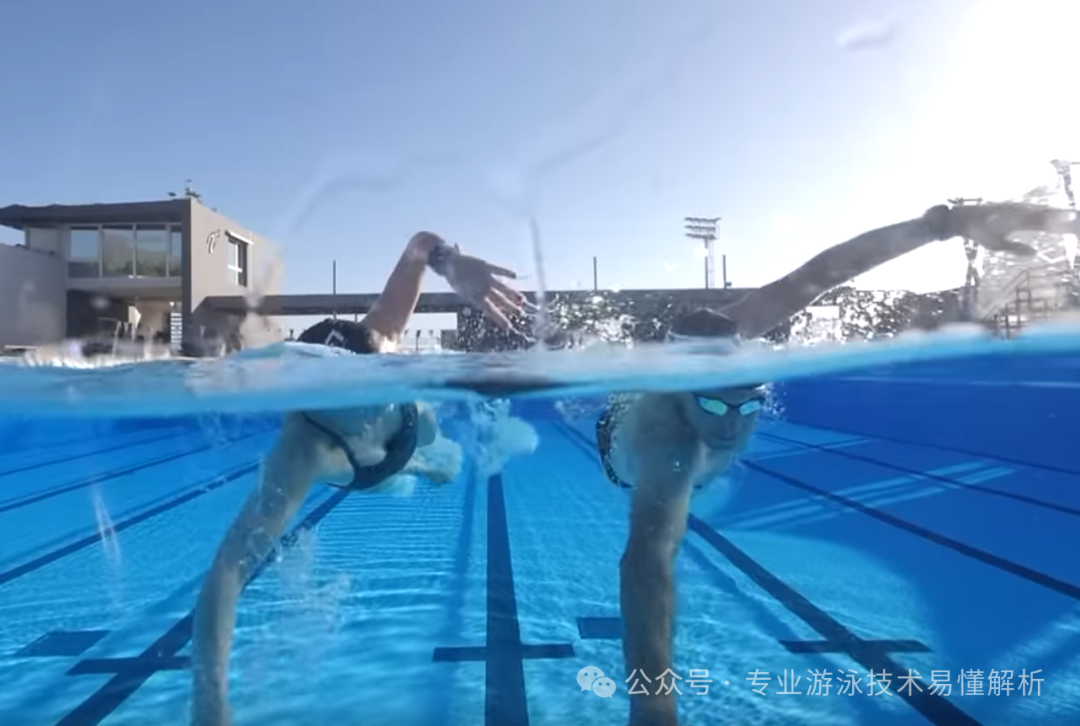
One WeChat official account shares swimming tips, while another focuses on software insights, online resources, and reading experiences.
Thank you for your supportive and encouraging likes, as well as the comments that spark even more conversation—and of course, we love seeing more shares and reposts!
